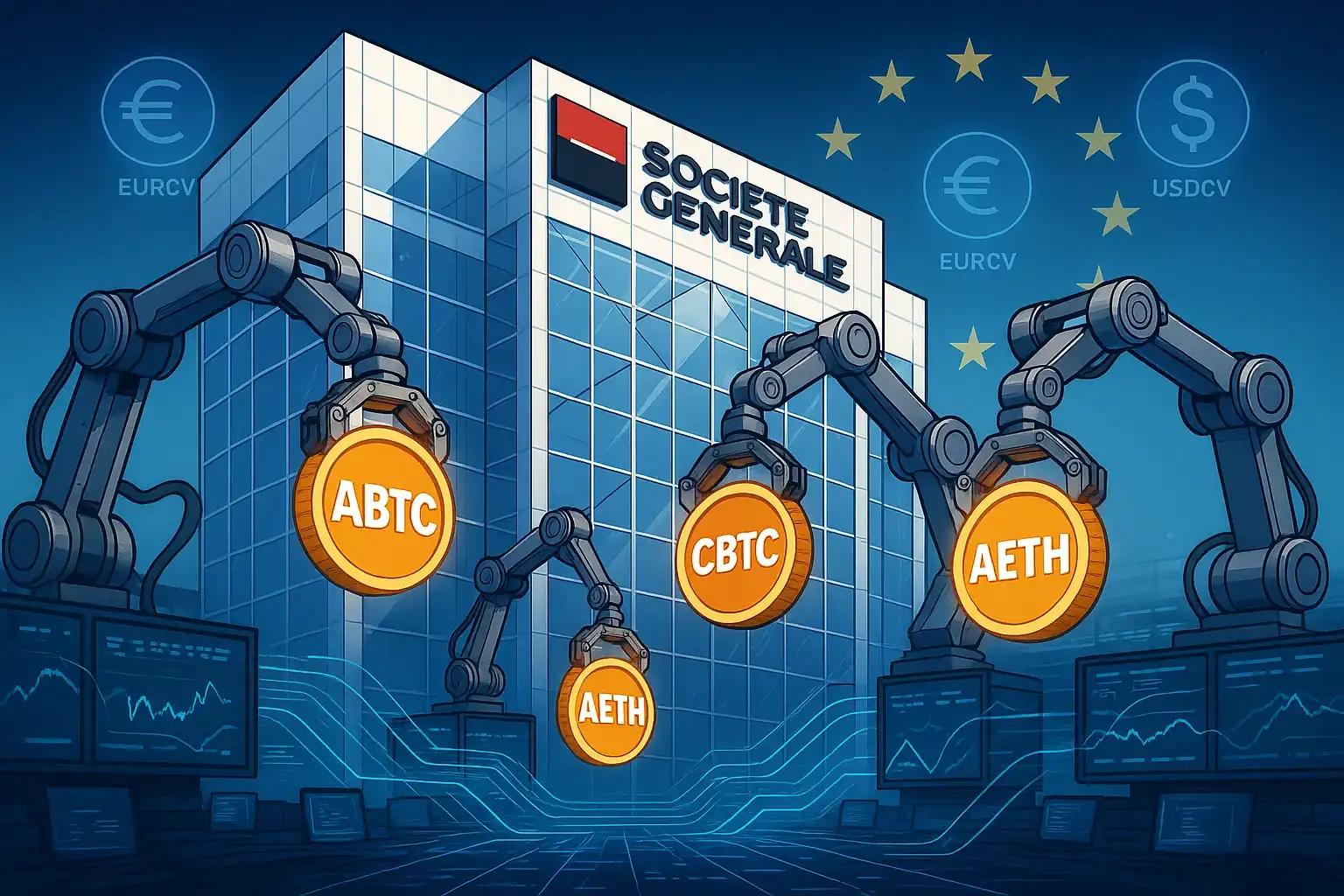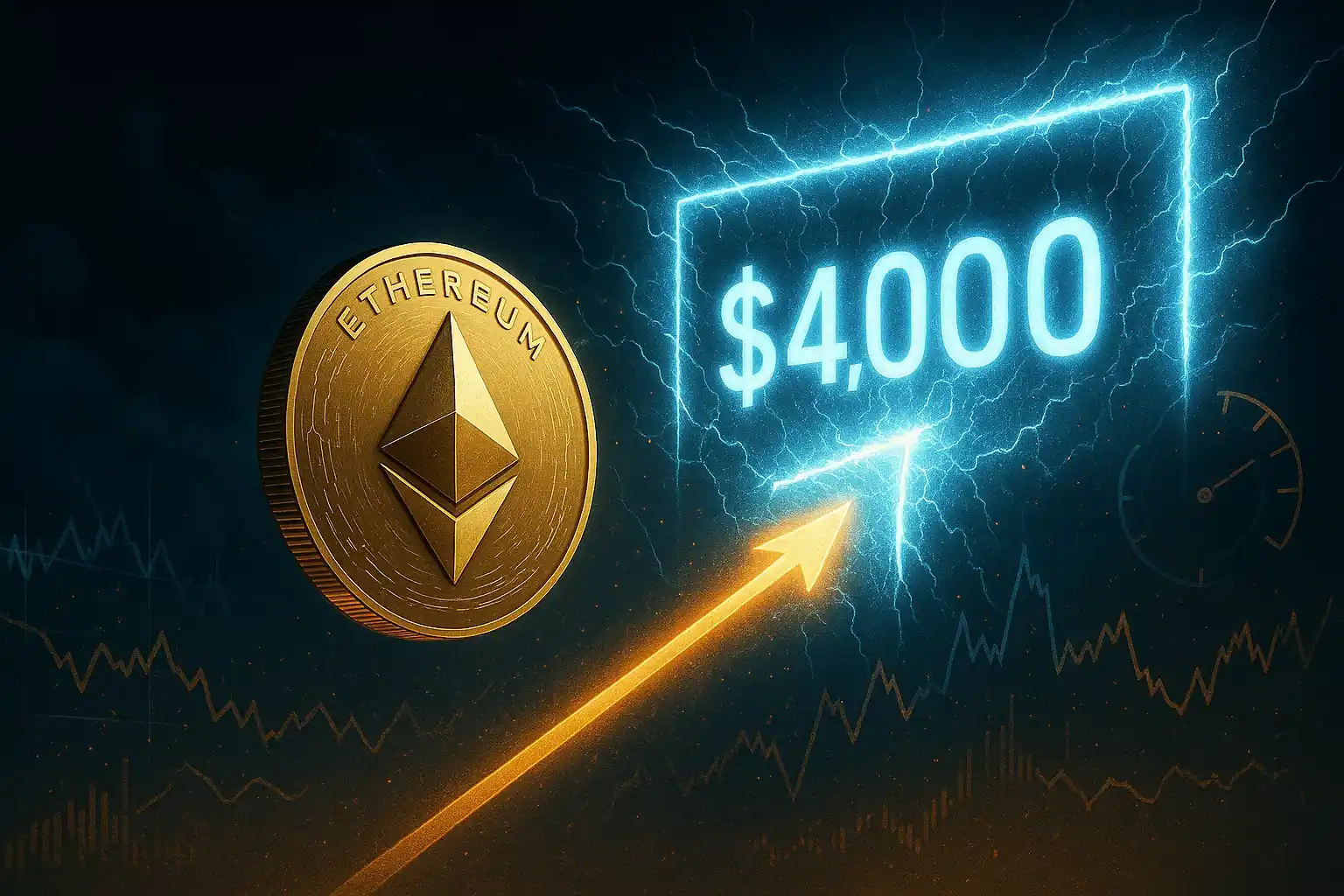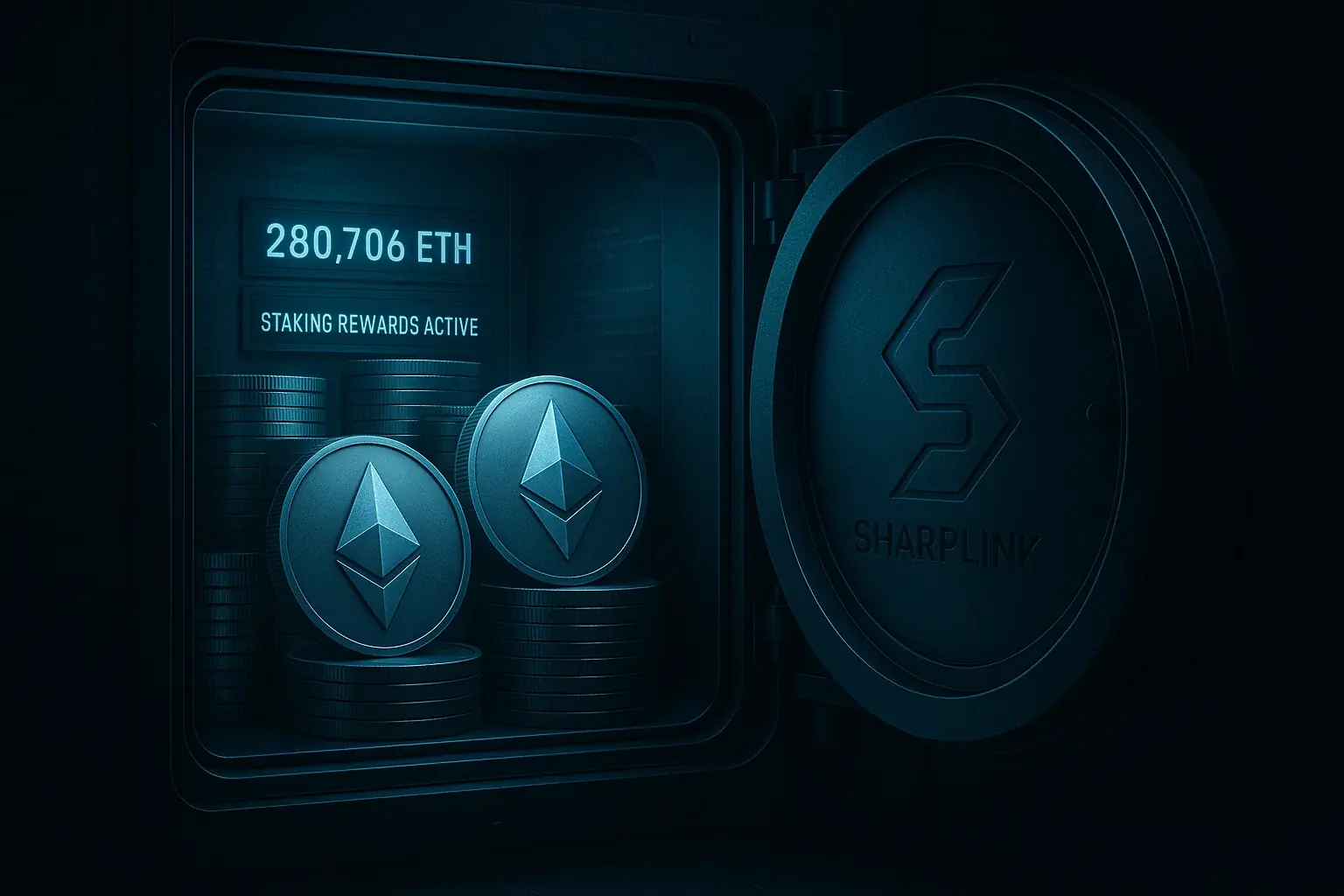Ethereum's blockchain has undergone a major update, Pectra. What awaits the second largest cryptocurrency by market capitalisation after one of the biggest updates in recent years?
On 7 May, one of the biggest updates in recent years, Pectra, was successfully implemented on Ethereum's blockchain. Its purpose is to optimise staking, improve the functionality of crypto wallets, and increase the overall efficiency of the network. Although experts have stressed the importance of the innovations, they believe the developers still need to find a way to incentivise investors and ETH users to hold the coins in the future.
"This is a long-awaited software update that will improve the efficiency and usefulness of the network, but on its own it is unlikely to lead to a significant increase in the price of ETH. Ethereum needs to find a way to spur further adoption, as well as a reason for investors and network users to hold on to its token," Parataxis Capital co-founder Edward Chin told Bloomberg.
The update comes at a time when Ethereum's developers are criticising the lack of activity in the project and the weak momentum of ETH's price, which is stuck at October 2023 levels. As of 7 May, the price of ETH was around $1,800, and the Pectra update had no effect on momentum as of 3:30 p.m., according to Binance.
"Ethereum has chosen a particularly difficult path; there will always be this in-between period where the technology is not ready. We are right at the end of this technology phase and we are still leading in the things that really matter," said Mallesh Pai, research director at Consensys, a company that develops infrastructure for Ethereum.
Despite the weak price momentum, Ethereum is the leader in the decentralised financial applications (DeFi) market, with total user deposits exceeding USD 51 billion. This represents more than 51% of the entire market, while the nearest competitor, Solana, holds less than 8%.
What's new in Ethereum
Two significant new features include an increase in the maximum limit of ETH per validator, from 32 to 2048 ETH that can be staked, as well as improvements to crypto wallets called 'account abstraction', which expand the possibilities for users.
According to Vivek Raman, co-founder of Etherealize, a company that connects institutions to the Ethereum ecosystem, these are priorities.
This opens up new possibilities for users, bringing the use of crypto wallets closer to the same convenience of fintech or banking apps that everyone is used to, Raman says: "You'll be able to make transactions using Apple's Face ID. You will be able to replace the private keys [with which all transactions are made on the blockchain]. Face ID instead of entering the 24 words [password]. The ability to make Web3 more like Web2."
What happens next
Pectra is divided into two main phases. The first phase took place on 7 May, and the second is planned for late 2025 or 2026. The changes are expected to affect the Ethereum Virtual Machine (EVM) to make smart contracts more efficient and increase second-tier scalability by reducing the load on the network.
However, in early May, Ethereum founder Vitalik Buterin proposed a radical change in the architecture of the blockchain under development. The point is that Buterin's ideas and developments are often used as the basis for future updates to Ethereum.
Buterin has proposed switching the EVM to a new modular mechanism called RISC-V. It is precisely this part of the architecture that is planned to be upgraded after Pectra.








